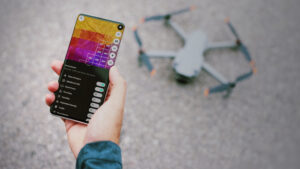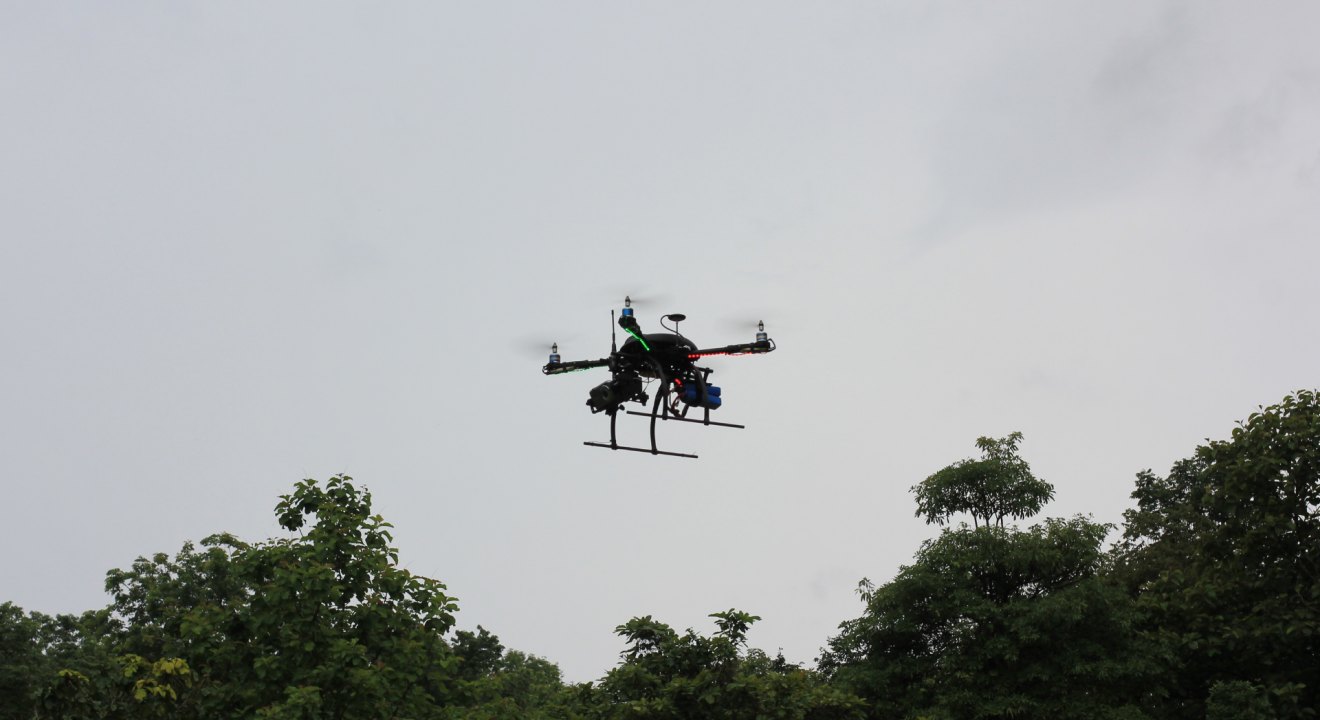From autonomous drones to air taxis, the urban air mobility market has advanced rapidly. Drones open the door to amazing new opportunities and allow anyone to access to the skies. With access like this comes responsibility. Anyone operating a drone must make sure that their flights are conducted in a way that is both safe and legal.
To avoid scenarios of pilots giving the industry a bad rap, we kicked off a new series on the top drone mistakes in 2021 and beyond. In Part 1, we covered the top misconceptions around the new FAA drone rules for flying over people, vehicles, and at night. This time we’ll focus on the top mistakes when it comes to not following drone best practices.
No matter if you’re a new drone hobbyist or an experienced commercial pilot, this list is a good reminder of what NOT to do when operating drones.
Mistake 1: Keeping your battery connected to the charger
Do not leave your battery connected to a charger once it’s fully charged. This could accelerate the aging of the battery or even spark a fire. If a battery is going to be left idle for several days, many manufacturers recommend discharging it between 40% – 70% of its total power before storing it. It’s always best to store batteries in a cool, dry place (i.e., room temperature) that’s away from any heat sources, such as direct sunlight, and clear of any flammable materials, such as carpet. Then charge the battery to 100% when you’re ready to fly.
Mistake 2: Flying with less than 20% battery power in reserve
It’s important to plan flights where your drone can comfortably return home with at least 20% battery power left in reserve. If you regularly push the limits of your battery’s charge, you’ll likely shorten the lifespan and reliability of your battery. Saving this extra battery power can also help manage any unforeseen circumstances, such as counteracting high winds or hovering until your landing zone is clear. Although it sounds complex, drone pilots can easily evaluate airspace classes, no fly zones, location insights, and advanced weather intelligence to see where it’s safe to fly using our free SkyGrid Flight Control app.
Mistake 3: Flying without updating your firmware
Just like the apps on our phones, a drone’s firmware requires regular upgrades from its developers to add new features, address bugs, or improve security measures. That’s why it’s critical to always ensure your firmware is up to date before taking flight. If you’re planning a complex flight or a commercial operation, it’s best practice to update the firmware the day before. This will allow you to download the update with a good Internet connection and ensure everything is working properly.
Mistake 4: Flying near power lines
Flying too close to power lines may affect your drone’s signal. But more importantly, you also risk sparking a power outage or fire if your drone touches the power lines. This is especially dangerous in dry climates, such as in California, where wildfires are common. You can check the wildfire risk in your area through apps like SkyGrid Flight Control that show the local fire index. But the bottom line is, always steer clear of power lines, especially when the fire index is high.
Mistake 5: Flying without reading your local drone laws
Although the FAA regulates the national U.S. airspace, state and local municipalities often have additional drone rules and regulations, so make sure you’re aware of them. Local laws might include restrictions around flying near historic sites or residential properties. The Pilot Institute recently created a handy wiki resource to help drone pilots stay on top of regulatory changes in each state.
Stay tuned for Part 3 where we’ll focus on Flying in Adverse Conditions. In the meantime, check out our new drone app to check the risk in your area and advanced weather intelligence.


